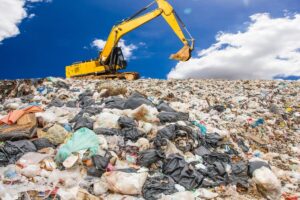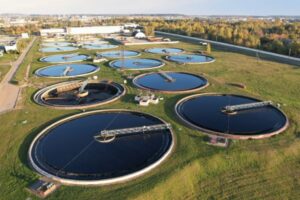Waste-to-energy (WtE) is a form of energy recovery that involves converting non-recyclable waste materials into usable heat, electricity, or fuel. While it is often presented as a solution for both waste management and energy production, the technology is surrounded by debate. This document aims to separate common myths from established facts, providing a clearer picture of its role in a sustainable future.
Myth 1: Waste-to-Energy is Just a New Name for Incineration.
Fact: While incineration is the most common WtE technology, the two terms are not interchangeable. Incineration is a specific process involving the combustion of waste to generate heat, which is then used to produce steam and electricity. However, WtE encompasses a variety of other, more advanced technologies:
- Gasification: This process heats waste in a low-oxygen environment, converting it into a synthetic gas (syngas) that can be used to generate electricity.
- Pyrolysis: Similar to gasification, pyrolysis uses heat in the complete absence of oxygen to break down waste into oil, gas, and a solid char.
- Hydrothermal Liquefaction (HTL): This technology uses high heat and pressure in the presence of water to convert wet waste materials, such as sewage sludge and food waste, into bio-crude oil.
- Anaerobic Digestion: This technology uses microorganisms to break down organic waste in an oxygen-free environment, producing biogas that can be used for energy.
Myth 2: Waste-to-Energy Plants are a Major Source of Air Pollution.
Fact: Early waste incinerators did indeed release significant pollutants. However, modern WtE plants are equipped with highly advanced pollution control systems that dramatically reduce emissions. These systems include:
- Fabric filters: Capture particulate matter, including fine dust and heavy metals.
- Scrubbers: Neutralize acid gases like sulfur dioxide and hydrogen chloride.
- Catalysts: Destroy or capture other regulated pollutants, such as nitrogen oxides, dioxins, and furans.
Due to these strict regulations and technologies, many modern WtE plants have emissions that are well below legal limits, and in some cases, are less of a source of certain pollutants than other common sources, such as backyard barbecues or fireplaces.
Myth 3: Waste-to-Energy Discourages Recycling.
Fact: This is a common misconception. In fact, many countries with the highest recycling rates also have a high reliance on WtE. The two systems can and often do complement each other. Waste management follows a hierarchy: first, reduce waste; second, reuse; third, recycle; fourth, recover energy; and last, dispose of the rest in a landfill. WtE plants are designed to handle the waste that cannot be recycled or composted, preventing it from ending up in a landfill. The most successful waste management systems integrate all these methods.
Myth 4: Landfills are a Better Solution than Waste-to-Energy.
Fact: Landfills are a significant source of methane, a greenhouse gas that is far more potent than carbon dioxide at trapping heat in the atmosphere. They also produce leachate, a highly toxic liquid that forms as water percolates through the waste, posing a risk of groundwater and soil contamination. While modern landfills may have gas collection systems, they are not 100% effective, and the methane release continues for decades. WtE plants, on the other hand, reduce the volume of waste by up to 90% and can recover metals for recycling. By generating electricity from waste, they also offset the need to burn fossil fuels, which can result in a net reduction in greenhouse gas emissions.
The Reality of Waste-to-Energy
While WtE has many benefits, it’s not without its challenges. The initial construction costs for WtE plants are high. Furthermore, the process does create byproducts like fly ash and bottom ash, which must be managed properly. Fly ash, which contains concentrated toxins, requires special handling and disposal, while bottom ash can often be reused in construction materials.
Ultimately, waste-to-energy is not a magic bullet, but it is a critical component of a comprehensive and integrated waste management system. It provides a means to sustainably manage non-recyclable waste, reduce landfill dependency, and contribute to energy production, especially in regions where land for landfills is scarce. As a transitional technology, its role may evolve as recycling and other waste-reduction strategies become even more widespread.



